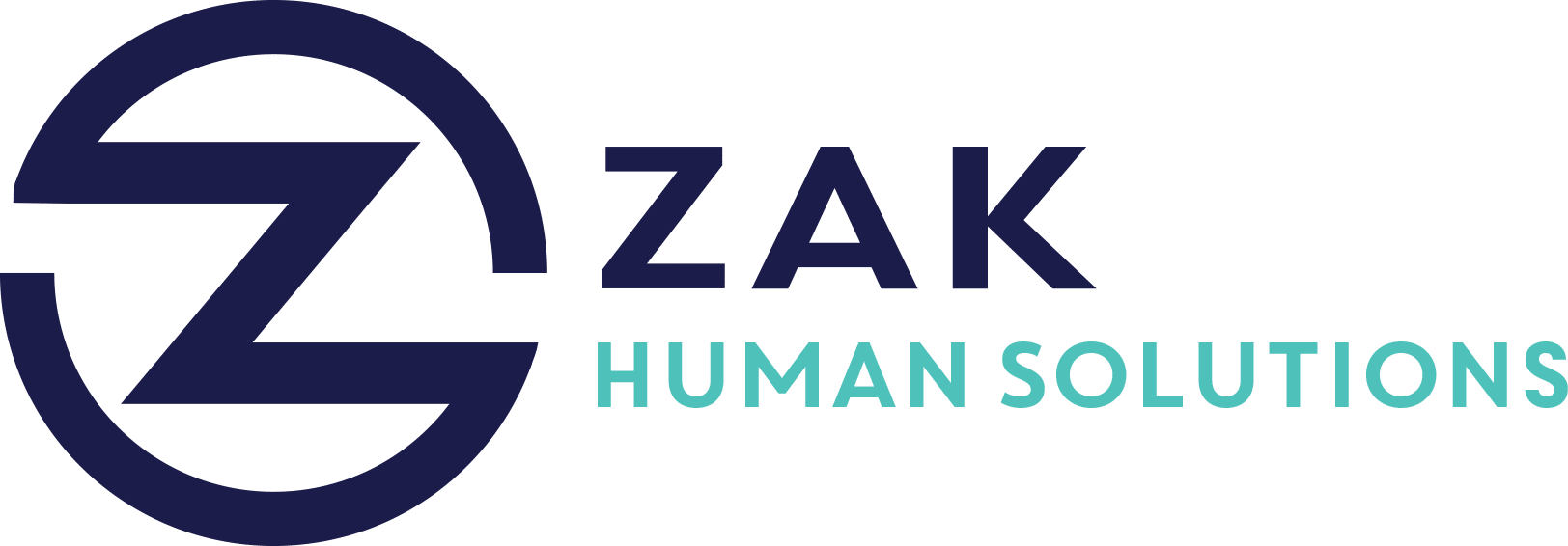In today’s ever-evolving job market, the ability to attract and retain talent hinges significantly on how well organizations can design compensation packages that resonate with both fairness and competitiveness. As the modern workforce values transparency and inclusivity, HR leaders face the daunting task of mapping out pay structures that align with organizational goals while ensuring equity across various levels. In this blog post, we will delve into 15 strategies recommended by experts to construct compensation packages that not only appeal to top talent but also uphold equity and align with corporate values.
Understanding the Landscape: Why Competitive and Equitable Compensation Packages Matter
The contemporary workforce is fueled by a demand for transparency, equity, and inclusivity. Prospective employees are no longer satisfied with merely satisfactory paychecks; they seek robust packages that incorporate health benefits, training opportunities, and more. Moreover, the stakes have never been higher for HR leaders tasked with recalibrating pay structures to match organizational needs and budgets without undermining fairness.
Key Strategies to Designing Effective Compensation Packages
1. Set Ranges Based On Market Pricing and Trends
Gone are the days of arbitrary salary ranges. By leveraging market pricing and frequently benchmarking salaries, companies can ensure they are offering competitive and equitable packages. This practice promotes fairness, making it easier to attract and retain talent across all levels.
2. Establish a Reward Strategy Aligned with Organizational Values
Compensation should reflect an organization’s mission and values. HR teams need to define what competitive and equitable mean within their context and ensure that compensation fits within larger reward programs geared towards motivation and retention.
3. Engage in Active Listening with Employees
Assumptions about what employees value often miss the mark. Proactive engagement and understanding of employee needs from a total rewards perspective can yield valuable insights into crafting packages that hit the mark.
4. Outline Your Compensation Philosophy
By clearly defining a compensation philosophy—accounting for market alignment and internal fairness—organizations lay the groundwork for transparent and intentional pay decisions.
5. Integrate Business Results with Rewards
Aligning compensation, especially in high-growth environments, with business outcomes ensures that organizational goals are directly tied to employee rewards.
6. Consider Comprehensive Benefits Beyond Salary
Bonuses are just the tip of the iceberg. A holistic approach to compensation includes health benefits, training, and leave policies, all tailored to ensure competitiveness and employee satisfaction.
7. Foster Transparency around Organizational Performance
Transparency in performance metrics helps eradicate doubts and fosters equity. By publishing data through HR dashboards, companies can streamline objective assessments across the board.
8. Adopt a Location-Agnostic Approach
As remote work becomes the norm, it’s essential to implement location-agnostic pay structures. This approach aids in achieving fairness across geographically dispersed teams.
9. Utilize Market Data and Employee Feedback
Market surveys provide valuable insight into industry standards, while employee feedback reflects internal needs, guiding tailored benefits and compensation offerings.
10. Maintain Equitable Compensation for Same-Grade Jobs
Ensure that similar-grade roles are proportionately compensated. The broader concept of total rewards should encompass non-monetary incentives to complement monetary compensation.
11. Communicate Pay Determination Clearly
Clear communication regarding how salaries are set reduces perceptions of unfairness and builds trust within the organization.
12. Leverage AI-Driven Technology
Using AI tools can illuminate pay disparities and drive equitable practices. A proactive approach in identifying and correcting pay gaps can aid in building a fair culture.
13. Focus on Role’s Objective Impact
Understanding a role’s strategic business importance allows for compensation that reflects its contribution to organizational goals strategically.
14. Conduct External and Internal Market Surveys
External benchmarking and internal surveys are crucial in aligning rewards with industry standards while addressing employee needs.
15. Invest in Salary Tools
Pay transparency is a growing concern with over 60% of employees willing to switch for transparent structures. Utilizing salary tools ensures that organizations remain competitive.
Crafting competitive and equitable compensation packages today demands a multifaceted approach. It requires HR leaders to delve deep into market trends, listen to employee needs, and balance organizational goals with fairness and transparency. By adopting these 15 recommended strategies, organizations can position themselves as leaders in equitable compensation, attracting and retaining top talent while fostering an inclusive corporate culture.




